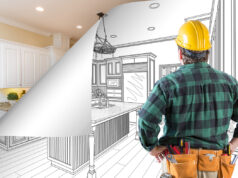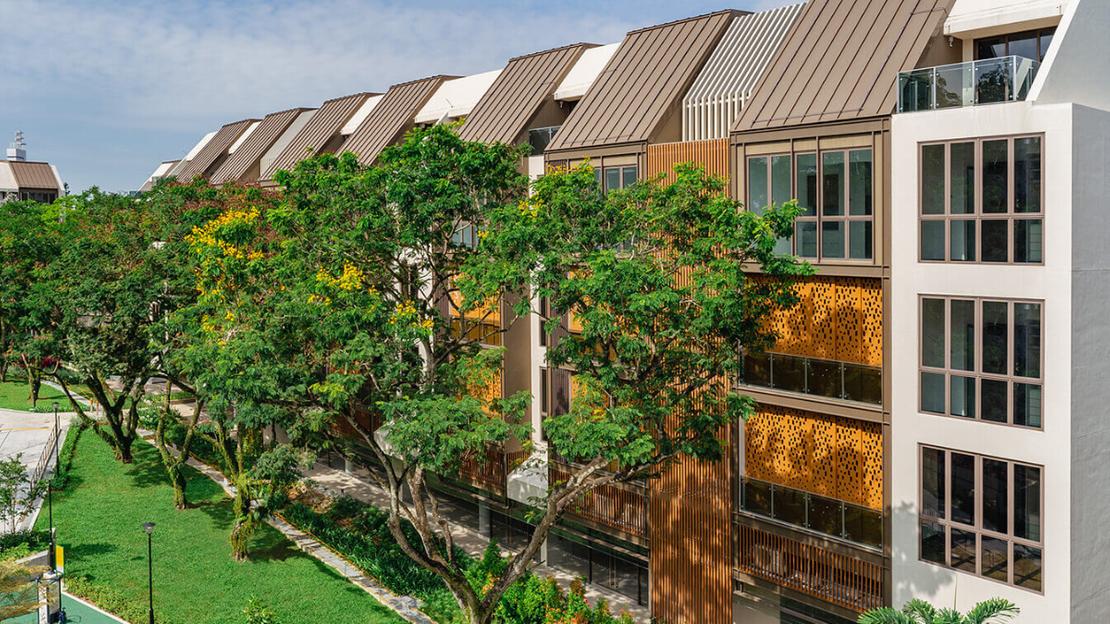
Eco-living condos are no longer niche developments in Singapore; they have become a defining feature of the city’s next phase of urban housing. The concrete answer is simple: residents are choosing sustainability not only because it feels responsible but because it delivers measurable benefits, lower utility bills, better air quality, and healthier living spaces in one of the world’s most densely built environments.
Developers are responding to this demand by integrating green certifications, water-saving technologies, and nature-based design principles into nearly every new mid-to-high-end residential project.
Why Eco-Living Has Become the New Urban Standard
Singapore’s compact geography and climate make it a testing ground for sustainable architecture. Government initiatives like the Green Mark Certification Scheme have encouraged developers to pursue energy efficiency and environmental performance. The Building and Construction Authority (BCA) aims for 80% of buildings to be green-certified by 2030, and many condo projects already exceed that benchmark.
Eco-living condos use high-performance glass to reduce solar heat gain, motion-sensitive LED lighting in communal areas, and smart ventilation systems to maintain indoor air quality. Beyond hardware, the planning philosophy itself has evolved, focusing on greenery integration and resource circulation. Many developments now recycle rainwater, compost food waste, and feature rooftop solar arrays that offset part of their electricity use.
This shift also reflects a change in lifestyle values. Younger professionals and families in Singapore increasingly see sustainability as part of modern luxury rather than a compromise. Living spaces that reduce environmental impact are now synonymous with forward-thinking design and wellness.
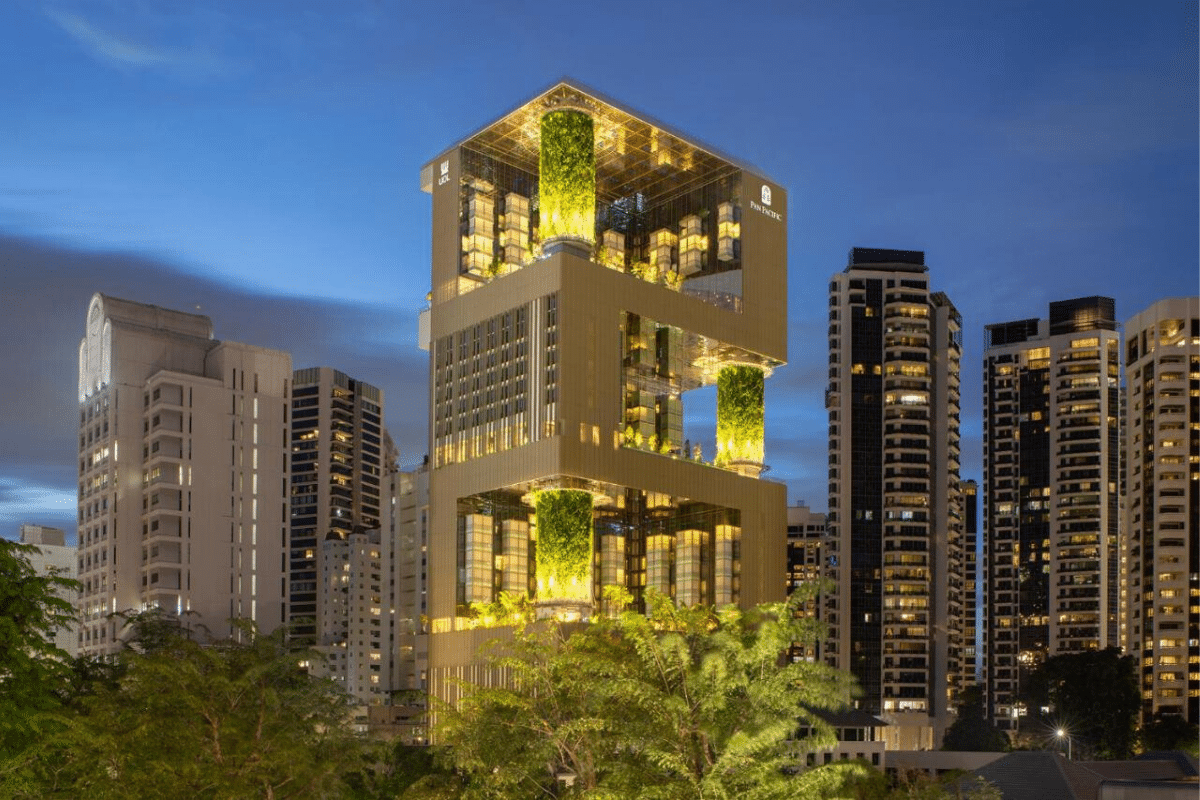
Design Features That Define Sustainable Condos
Modern eco-living condominiums in Singapore integrate multiple layers of sustainability. Some common elements include:
|
Feature |
Function |
Resident Benefit |
| Green façades and vertical gardens | Reduce heat absorption, improve microclimate | Cooler interiors, more natural privacy |
| Solar panels on rooftops | Generate renewable energy for common facilities | Lower maintenance fees |
| Cross-ventilated layouts | Promote airflow and reduce air-conditioning dependence | Better indoor comfort |
| Water-efficient fixtures | Reduce water wastage and utility costs | Long-term savings |
| Smart home systems | Monitor energy and water usage in real time | Greater control over consumption |
| Urban farming zones | Encourage local food production | Community engagement, fresh produce access |
What makes these projects stand out is not just their technology but their planning discipline; every design decision is evaluated through the lens of sustainability, from the choice of construction materials to biodiversity enhancement in landscaping.
Changing Buyer Priorities
Ten years ago, most buyers focused on location and price per square foot. Today, property seekers weigh environmental credentials almost equally with accessibility and amenities. Rising awareness of climate resilience, especially in tropical cities facing high temperatures and rainfall extremes, has shifted market preferences.
Eco-living condos offer better insulation, efficient cooling, and flood management systems, reducing the risks associated with climate change. Developers now compete on sustainability performance, knowing that it directly correlates with long-term value retention.
Mid-range and luxury buyers also associate eco-design with prestige. Instead of relying on imported marble or ornate finishes, many projects emphasize natural ventilation, recycled materials, and open green spaces. These choices create quieter, cooler, and more restorative environments, traits that urban Singaporeans increasingly seek amid high-density living.
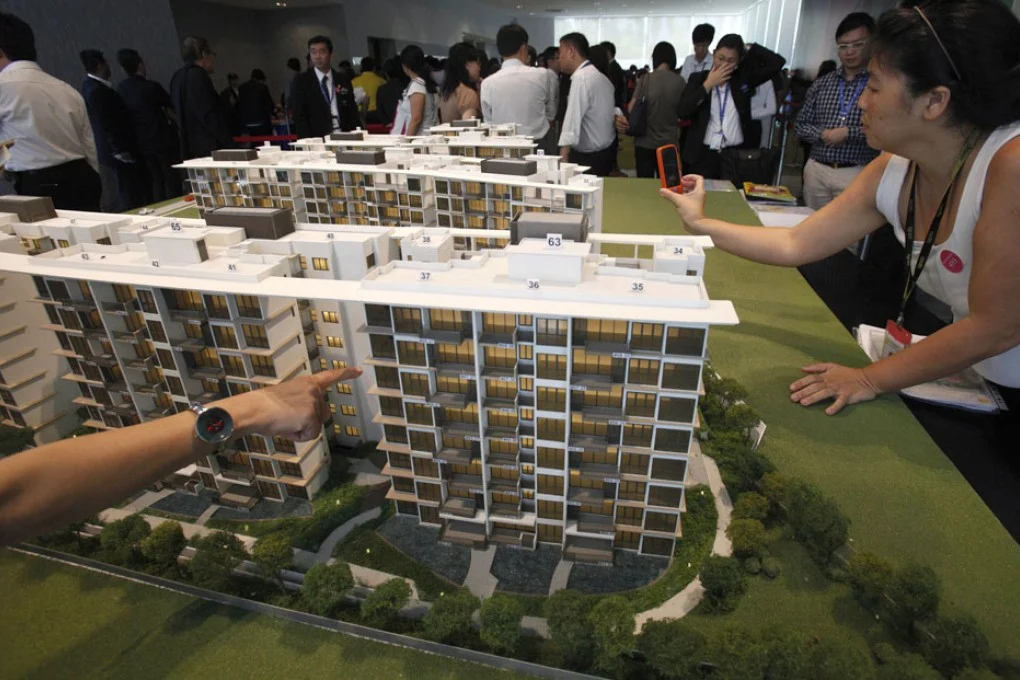
Government Policy and Urban Vision
The Singapore Green Plan 2030 provides a strong policy foundation for eco-living. It aligns housing growth with decarbonization goals, promoting green building materials and renewable energy integration. Developments with strong environmental performance can qualify for incentives such as tax benefits or expedited planning approvals.
Singapore’s Urban Redevelopment Authority (URA) has also adjusted zoning frameworks to encourage mixed-use developments with walkable access to amenities. This reduces car dependency and supports healthier, lower-emission lifestyles. Developers who integrate green mobility features, such as electric vehicle charging stations and bicycle parking, gain competitive advantages in both market perception and regulatory compliance.
Example of Sustainable Residential Design
An increasing number of developments showcase how sustainability can merge seamlessly with comfort and aesthetics. Pinery Residences, for instance, integrates natural ventilation shafts and water-efficient landscaping to minimize its environmental footprint. Rather than relying solely on air-conditioning, its design allows wind corridors to flow through each unit. The use of recycled materials in communal spaces and an emphasis on daylight optimization illustrate how environmental goals now shape mainstream housing design.
These innovations are not positioned as luxury extras but as integral aspects of responsible urban living. Projects like this signal how developers are embracing long-term environmental planning as part of their brand identity.
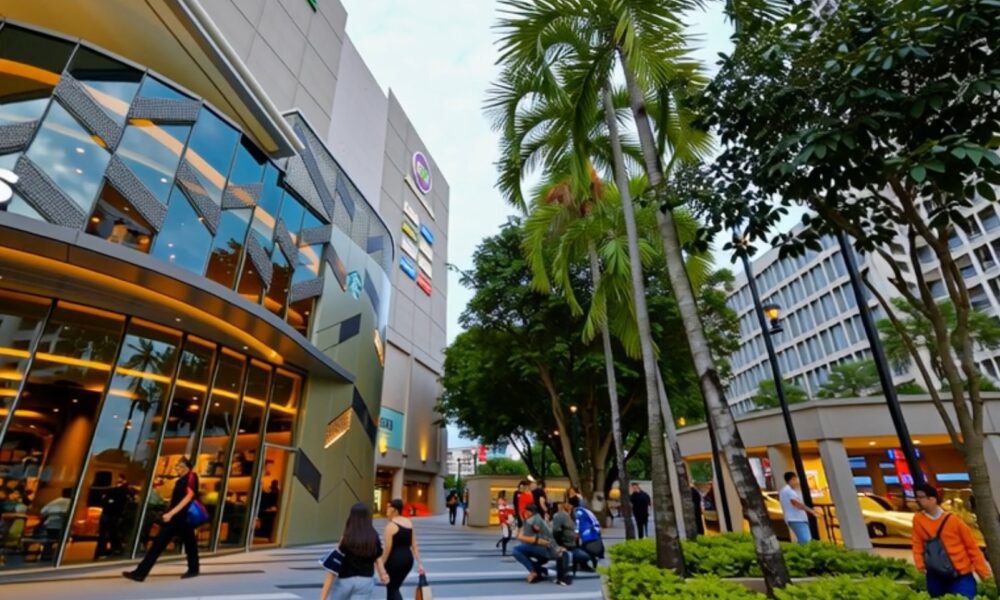
The Economics Behind Eco-Living
Sustainability is not just an ethical decision; it has a measurable financial dimension. Homeowners benefit from reduced maintenance fees as energy-efficient technologies cut operating costs for shared facilities like lifts, lighting, and pools.
According to BCA estimates, buildings with strong green certifications can achieve energy savings of 20–30% compared to conventional projects. Over time, this translates into thousands of dollars in lower bills. Moreover, property valuations tend to remain more stable because buyers perceive green buildings as future-proof investments against tightening environmental regulations.
Rental markets are also responding. Tenants, especially expatriates, increasingly prefer eco-certified developments for comfort and environmental alignment, creating stronger yield resilience for investors.
Integrating Community and Ecology
The next evolution of sustainable condos is the blending of community life with ecological consciousness. Developers are creating shared spaces that promote sustainability education and resident participation community gardens, composting stations, and rainwater harvesting workshops.
Condominiums now function as micro-ecosystems. Landscaped corridors attract pollinators, rooftop gardens help cool the urban microclimate, and greywater recycling systems demonstrate resource circularity. The social component, residents actively contributing to sustainability, deepens the value of eco-living beyond aesthetics or cost savings.
A strong example is Narra Residences, which integrates a biodiversity corridor and vertical greenery that connects multiple levels of the building. The design reflects Singapore’s broader “City in Nature” vision, where human habitation and ecological systems coexist in practical balance. These developments show that modern condominiums can be both aspirational and ecologically grounded.
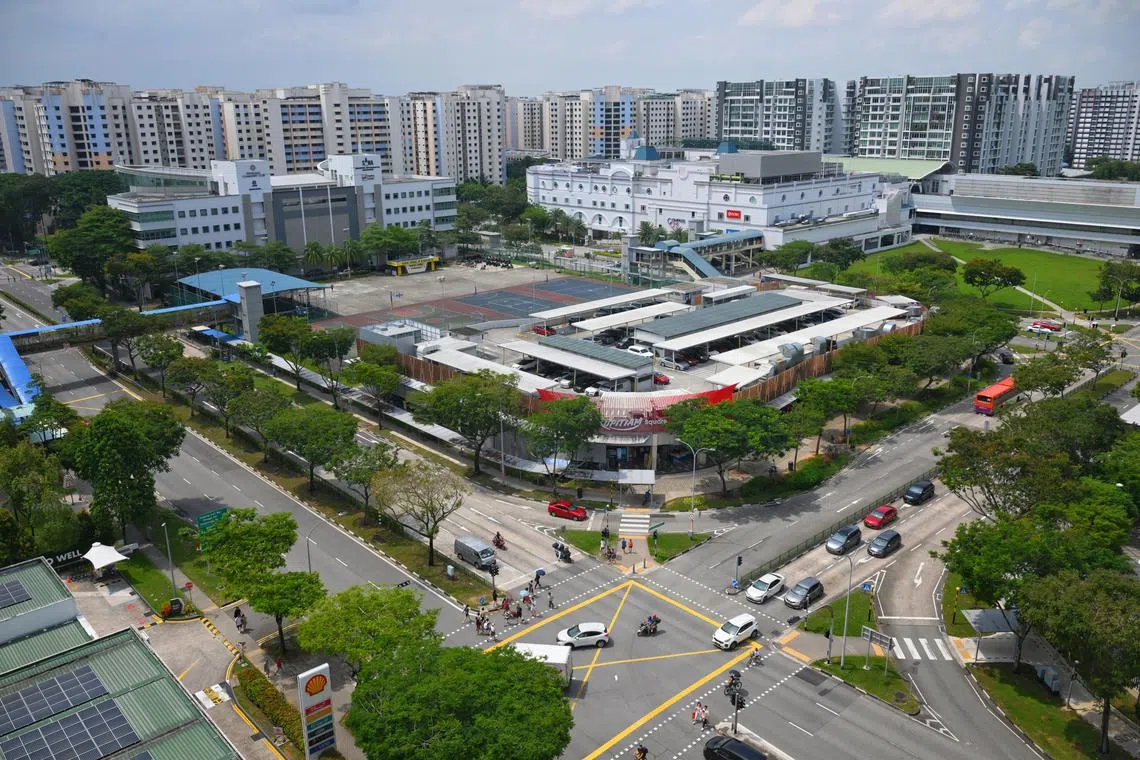
Concrete Midpoint ─ Why the Shift Is Permanent
The middle point of Singapore’s eco-condo transformation can be summarized in one sentence: sustainable housing is no longer an optional amenity; it is the new baseline for both comfort and value retention. Developers cannot afford to treat environmental design as marketing language; residents expect quantifiable performance.
With energy prices rising and environmental awareness embedded in policy and education, this trend is irreversible. Buyers understand that an eco-certified building means lower lifetime costs, healthier living, and stronger resale value, tangible outcomes rather than abstract ideals.
Looking Ahead
Singapore’s reputation as a global model for sustainable urban living will continue to shape its residential landscape. Future eco-living condos will likely incorporate more advanced features such as energy-sharing grids between buildings, AI-optimized ventilation, and fully circular waste management.
As the demand for greener living intensifies, developers who fail to adapt may find their projects quickly outdated. On the other hand, those who invest in innovation, integrating green roofs, carbon-neutral materials, and regenerative landscaping, will define the next generation of desirable housing.
The evolution of eco-living in Singapore proves that sustainability and comfort can coexist without compromise. What began as an environmental statement has become the practical foundation for modern city life, a movement that aligns economics, ecology, and human well-being in one integrated model.

